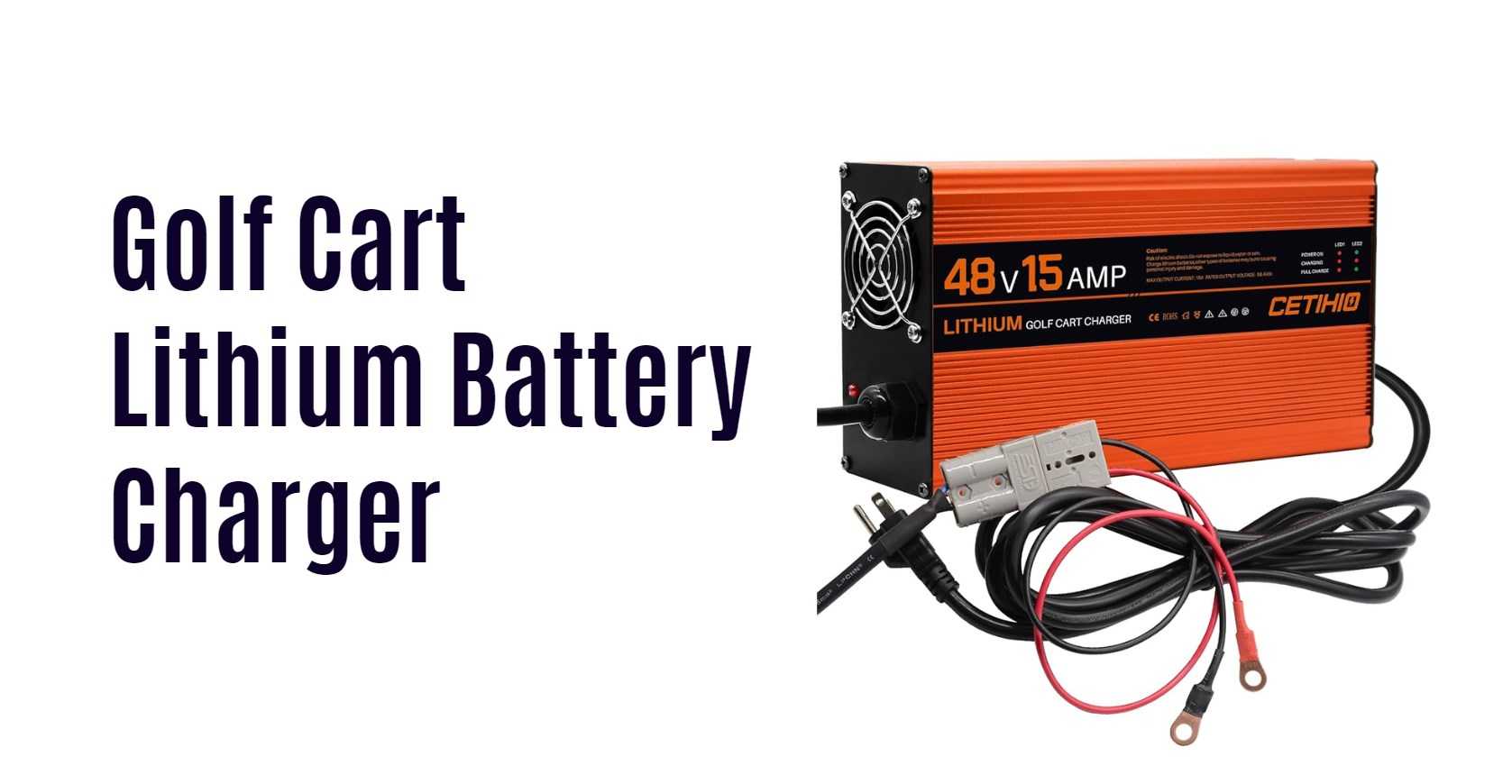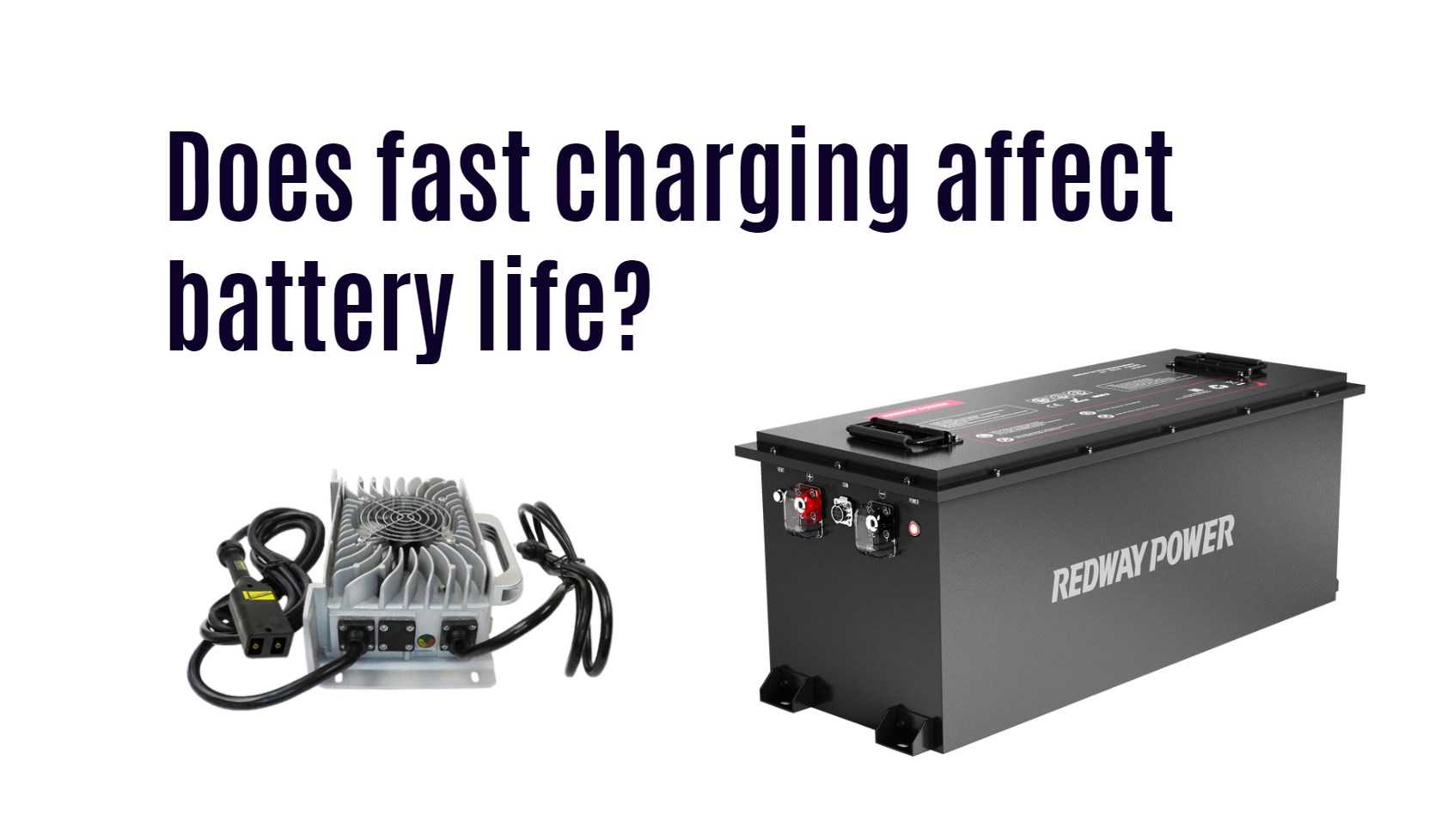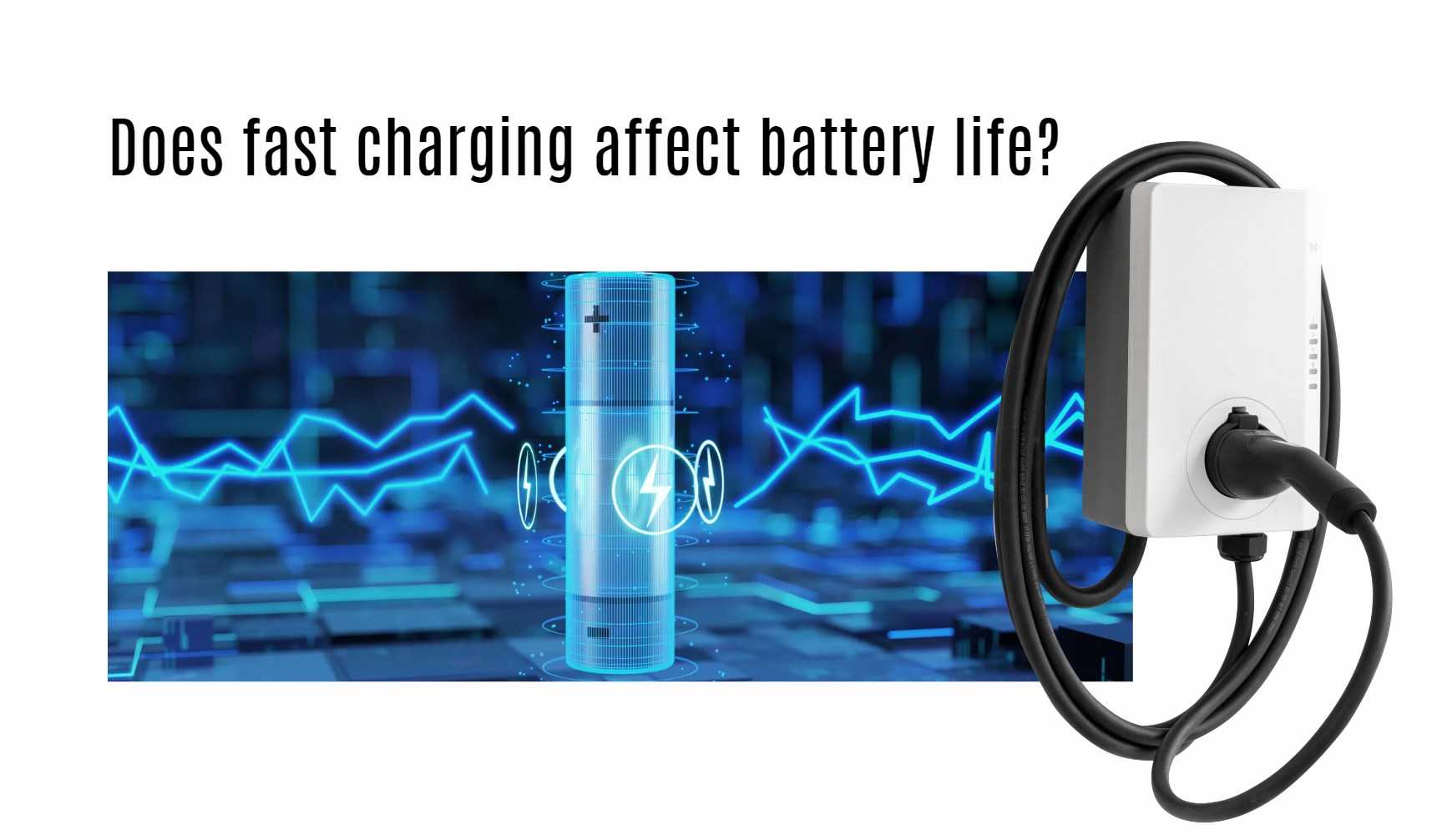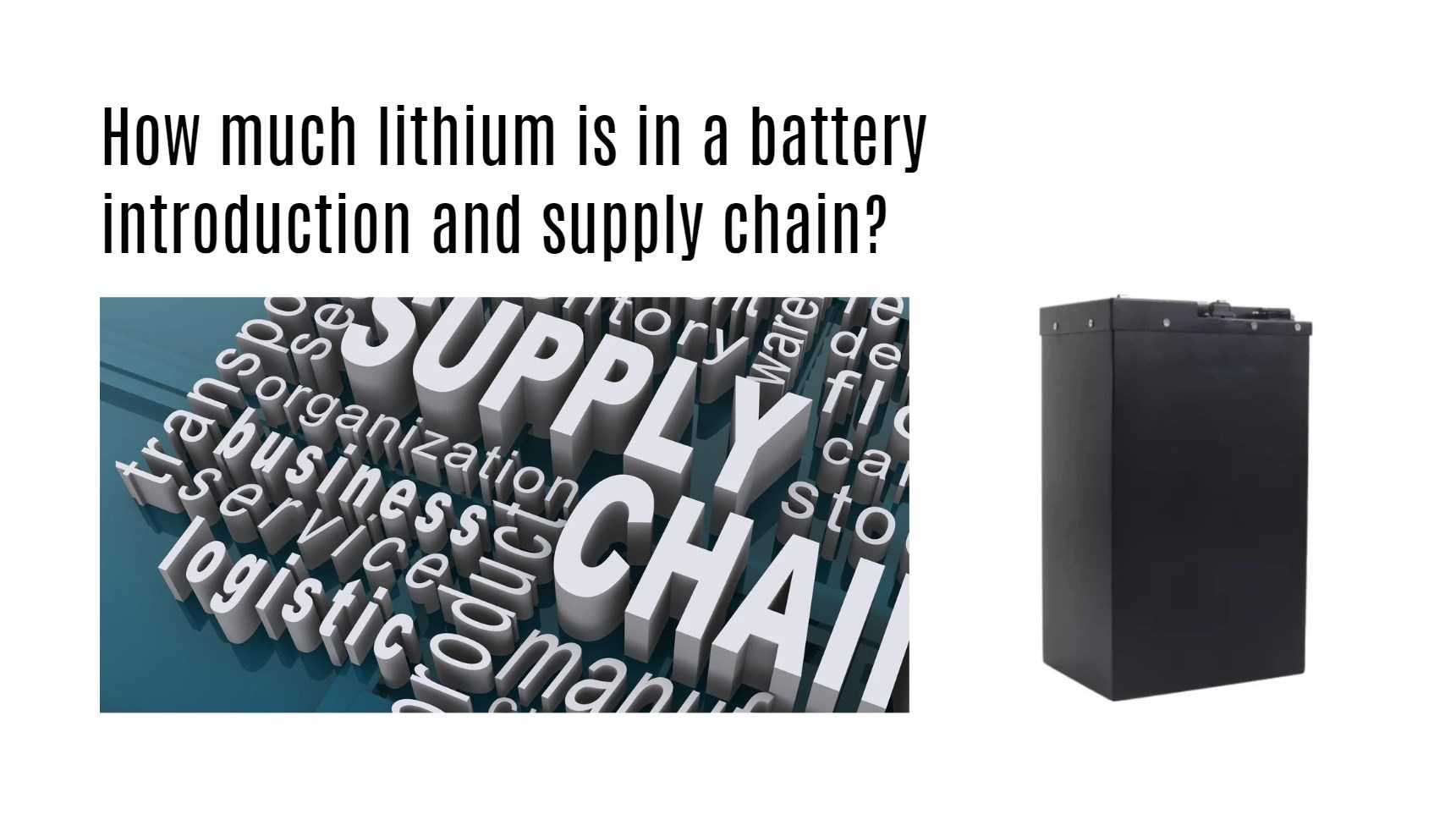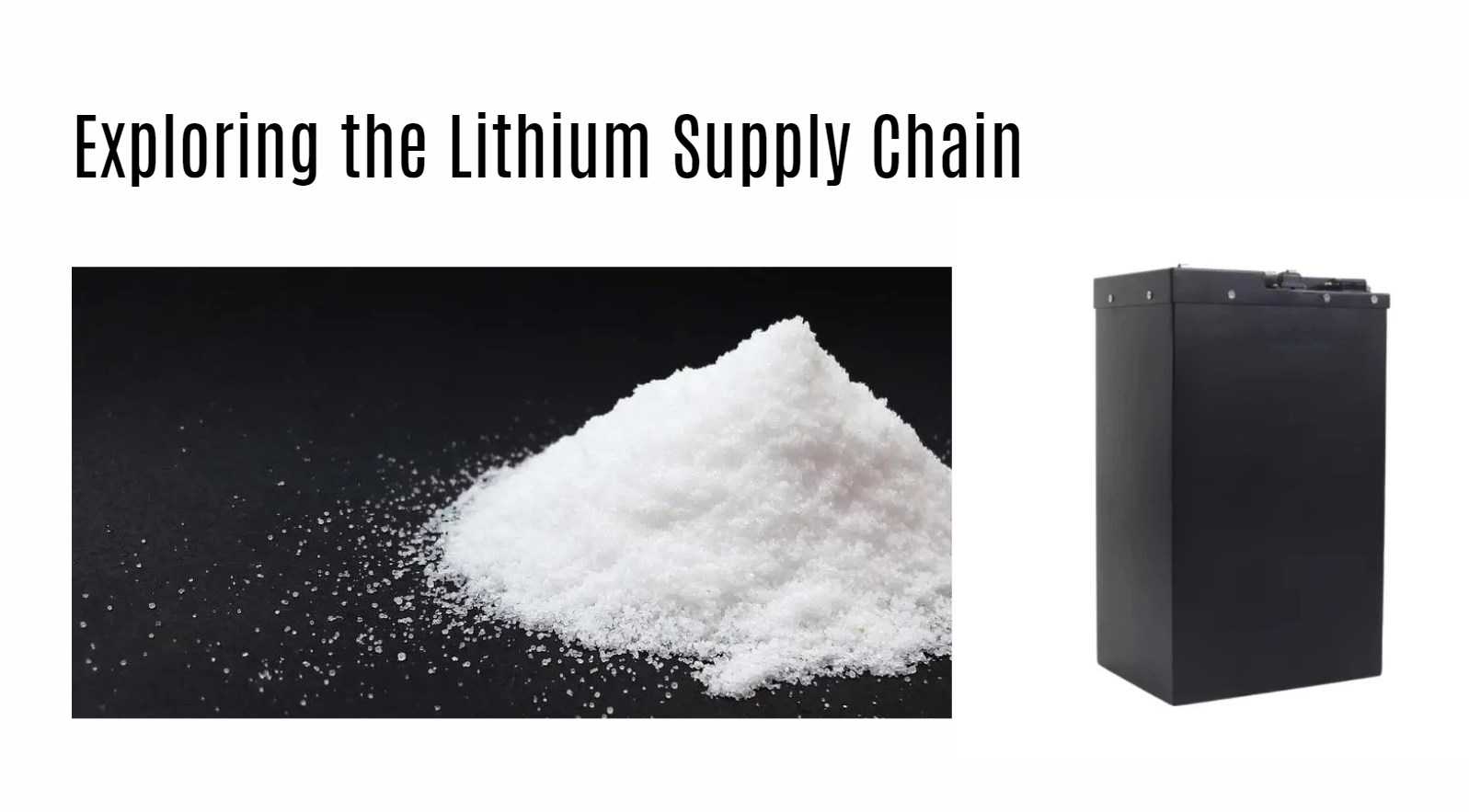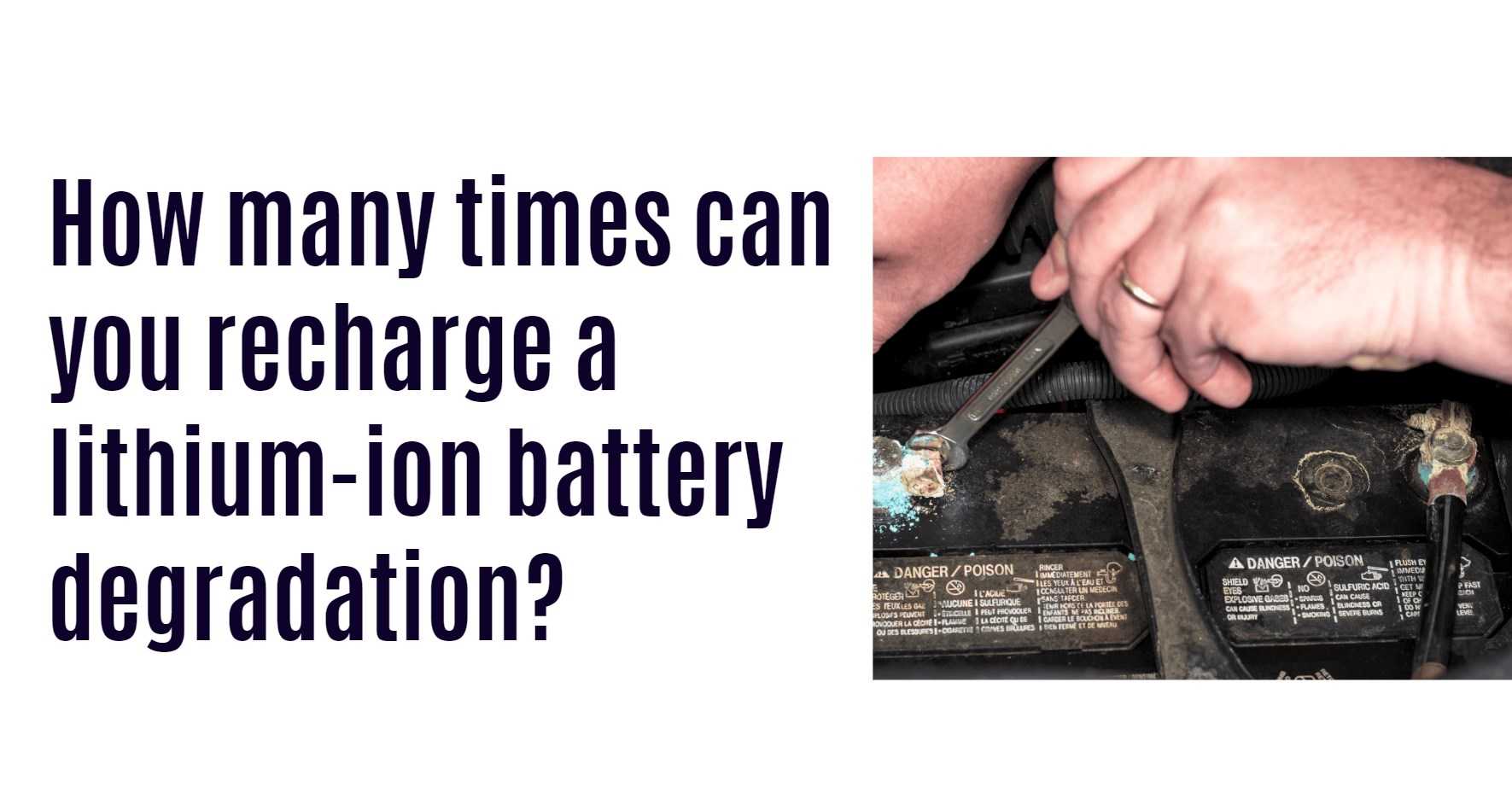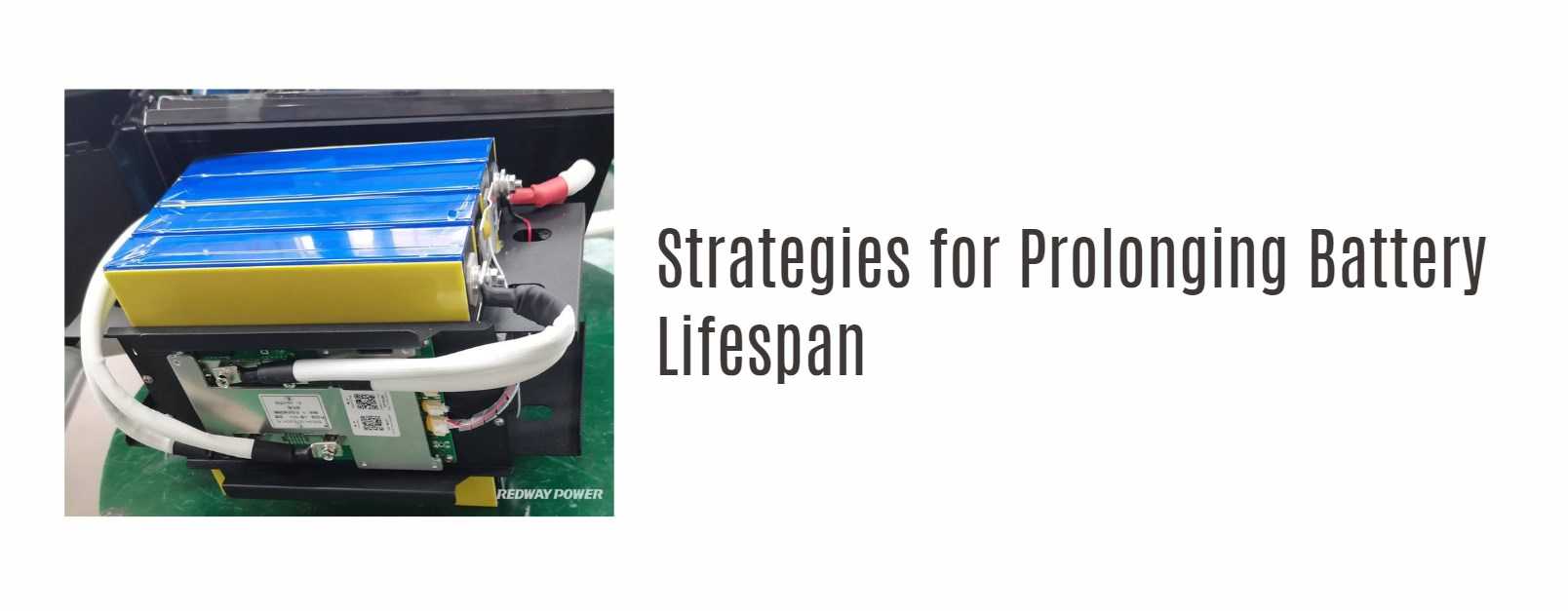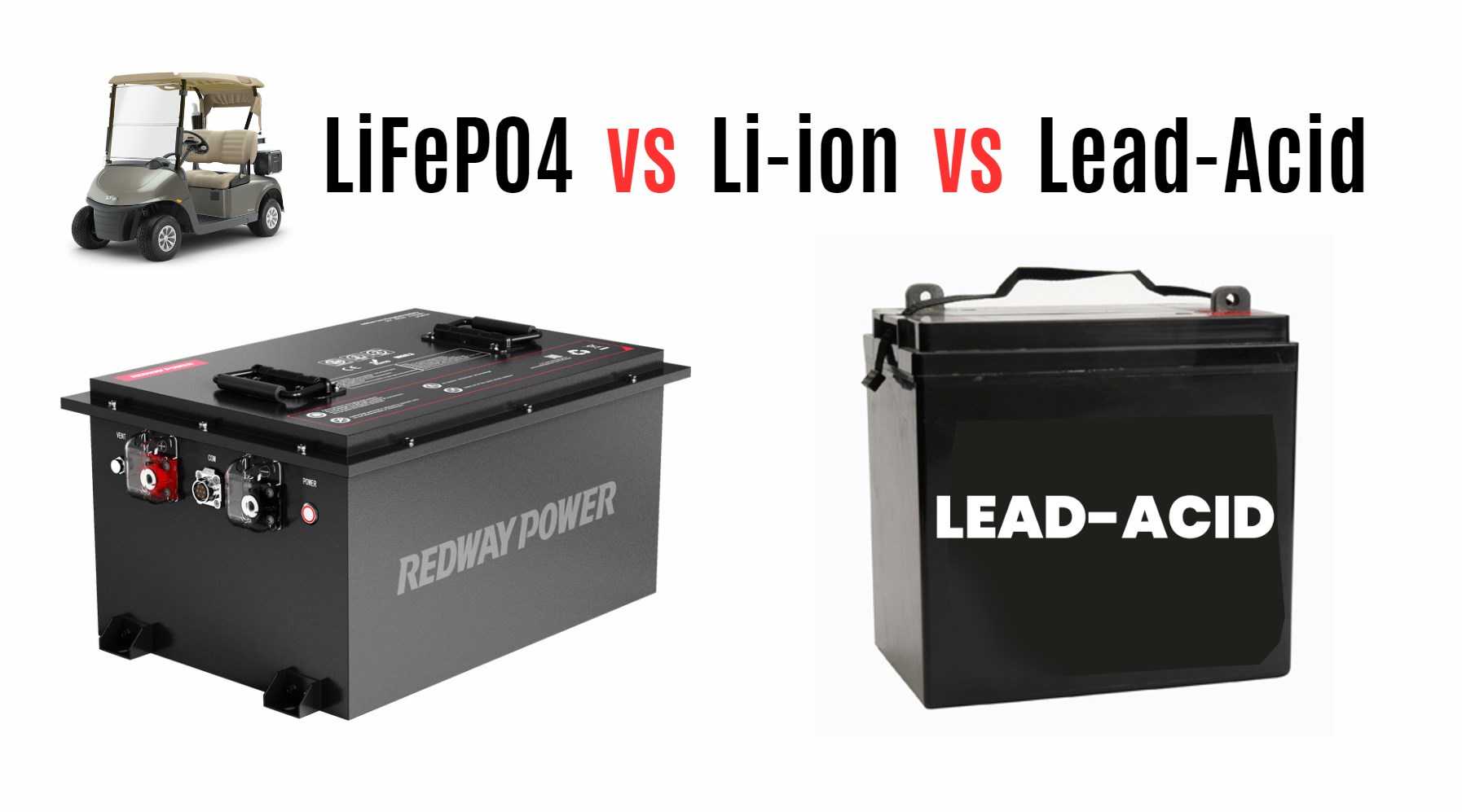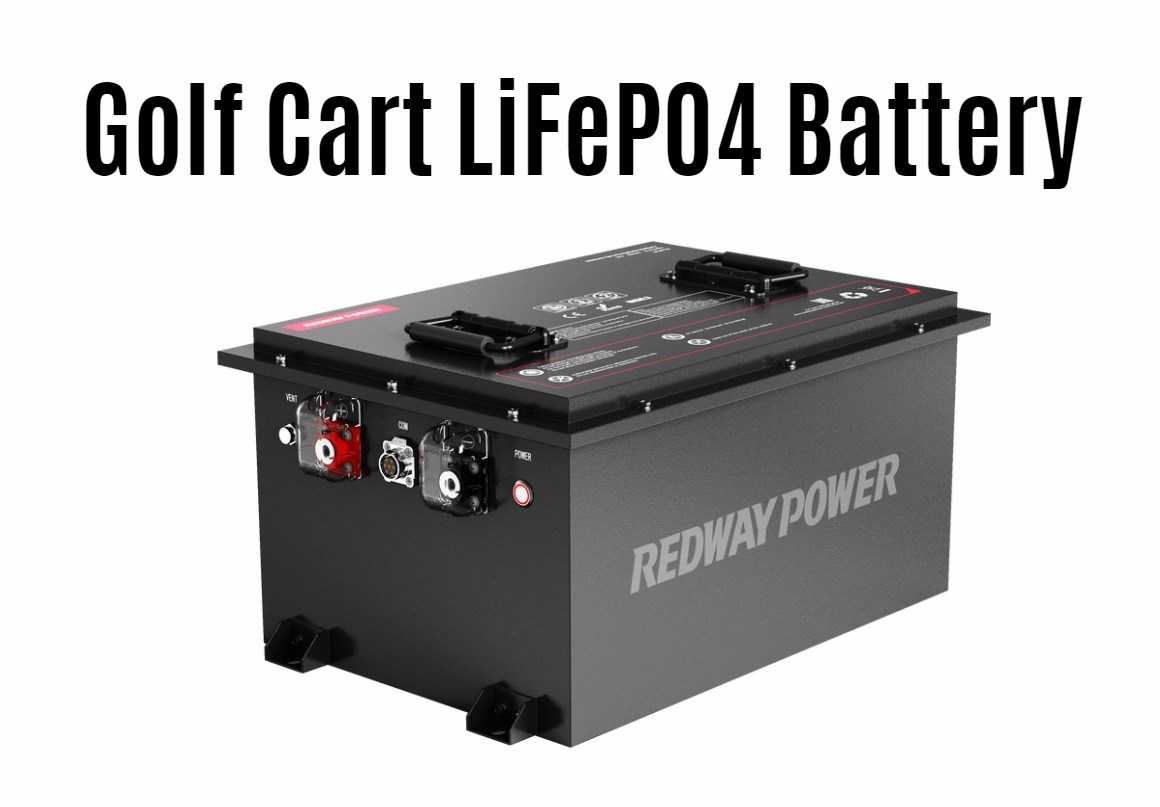Does fast charging affect battery life?
At Redway, we delve into the critical nuances of battery technology to provide you with comprehensive insights into fast charging and its effects on battery longevity. As technology advances, the convenience of rapid charging has become a pivotal feature in our daily lives. However, the question remains: does fast charging compromise the lifespan of your battery?
Debunking Myths: The Truth About Fast Charging
Fast charging has revolutionized how we power our devices, offering unparalleled convenience without the traditional wait times. Contrary to popular belief, our extensive research reveals that when implemented correctly, fast charging does not significantly degrade battery health. Modern smartphones and gadgets are equipped with sophisticated thermal management systems that mitigate excessive heat buildup during rapid charging sessions.
The Role of Heat Management in Battery Longevity
Heat remains a primary concern during fast charging. While it’s true that rapid charging can lead to increased temperatures, modern devices are engineered to regulate this heat effectively. Our findings indicate that the slight temperature rise experienced during fast charging is well within safe limits and does not pose a substantial risk to battery integrity.
Understanding Charge Cycles: Fact vs. Fiction
A common misconception suggests that frequent fast charging cycles hasten battery degradation. However, current lithium-ion battery designs are optimized to handle numerous charge-discharge cycles, including fast charging scenarios. Contrary to outdated beliefs, our research highlights that the impact of charge cycles on battery longevity is minimal when compared to factors such as heat and storage conditions.
Best Practices for Maximizing Battery Lifespan
To optimize battery lifespan, consider these practical tips:
- Avoid Extreme Temperatures: Store and charge your devices in moderate temperature environments.
- Use Certified Chargers: Ensure compatibility with your device to prevent potential damage.
- Manage Charging Cycles: Balance between fast and regular charging based on your daily needs.
The Future of Fast Charging Technology
Looking ahead, advancements in battery technology continue to refine fast charging capabilities. Innovations such as solid-state batteries promise even greater efficiency and longevity, heralding a future where fast charging becomes synonymous with sustainable battery performance.
Conclusion
In conclusion, fast charging, when implemented responsibly, offers significant advantages without compromising battery health. At [Your Company Name], we advocate for informed consumer choices backed by reliable research and technological insights. Embrace the convenience of fast charging while adhering to recommended practices to extend the longevity of your device’s battery.
